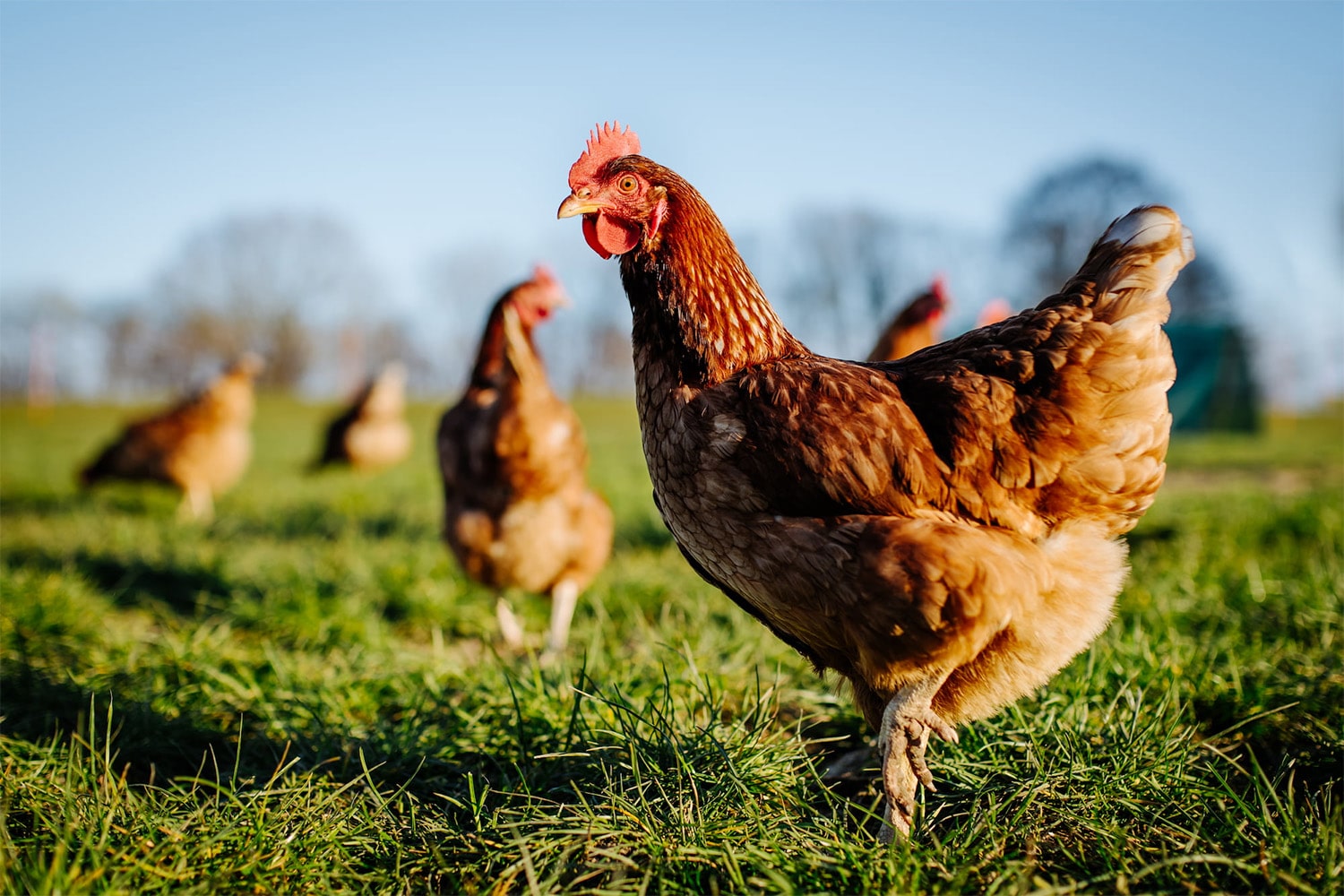
36 interesting facts about chickens
- 👁️ 335
Chickens are among the most common and widespread domestic animals, with a population estimated to be more than double that of humans. They have been raised for their eggs, meat, and feathers for thousands of years, playing a significant role in human agriculture and culture. Chickens are not just farmyard animals but have also become part of the pet world, with many people appreciating their varied personalities and behaviors. They are intriguing creatures with a depth of intelligence and social structure that often goes unnoticed. Here are 36 interesting and informative facts about chickens that highlight their importance, uniqueness, and the surprising aspects of their lives.
- Chickens were first domesticated from the red junglefowl in Asia over 5,000 years ago.
- There are now hundreds of chicken breeds, varying in size, color, and temperament.
- Chickens have a pecking order, which is their way of establishing a social hierarchy.
- The fear of chickens is called Alektorophobia.
- Chickens are omnivores; they eat seeds, insects, and even small mice or lizards.
- A chicken’s heart beats between 220 and 360 times per minute.
- Chickens can remember over 100 different faces, including those of humans.
- The largest chicken egg ever recorded was nearly 12 ounces, with a double yolk and double shell.
- Chickens are capable of dream sleep (REM), indicating they have a complex brain.
- A chicken’s lifespan can vary significantly, with some breeds living up to 10 years or more under optimal care.
- The chicken is the closest living relative to the T-Rex.
- Chickens can’t taste sweetness in their food but they can detect salt.
- The color of a chicken’s earlobe can determine the color of its eggs. Chickens with white earlobes lay white eggs, while those with red earlobes lay brown eggs.
- A mother hen communicates with her chicks while they are still in the egg, and they can chirp back.
- Chickens have more bones in their necks than giraffes, allowing them to perform their characteristic head bobbing.
- Dust bathing is an essential behavior for chickens, helping them to keep their feathers clean and free from parasites.
- Chickens have a field of vision of about 300 degrees, thanks to their eyes being positioned on the sides of their heads.
- The world’s oldest known chicken was a hen which died of heart failure at the age of 16 according to the Guinness World Records.
- Chickens can fly short distances and roost in trees to avoid predators.
- The fear response of chickens is called “tetanic immobility” or “tonic immobility,” making them freeze for a short period.
- Some chickens can lay blue or green eggs, a trait most commonly found in Araucana breeds.
- Chickens use over 200 distinct sounds for communication.
- The term “broody” is used to describe a hen that wants to hatch her eggs by sitting on them.
- Chickens can differentiate between more than 100 different colors.
- Diurnal animals, chickens are active during the day and rest at night.
- Chickens were among the first animals to fly in space, sent by NASA to study embryo development in zero gravity.
- Roosters perform a dance called “tidbitting” in which they make sounds and move their head up and down, trying to attract hens.
- The comb and wattle of a chicken help regulate its body temperature, releasing heat.
- A group of chickens is called a flock, while baby chickens are known as chicks.
- Chickens can run up to 9 mph when necessary.
- There’s a cultural tradition in Key West, Florida, where chickens roam freely through the streets, protected by local laws.
- Capable of empathy, hens show distress when their chicks are in distress.
- Chickens have been found to navigate using the sun, which helps them orient themselves geographically.
- The record for the most eggs laid by a chicken in one day is 7.
- Hens need about 24 to 26 hours to produce an egg.
- Chickens have been depicted in Babylonian carvings from 600 BC, showcasing their long history with humans.
Chickens are fascinating creatures that have been by humanity’s side for thousands of years, contributing to our societies in numerous ways. From their complex social structures to their surprising intelligence and emotional capacities, chickens are far more than just livestock. They enrich our lives, whether as part of our agricultural systems, in research, or as companions. Understanding and appreciating the depth of their beings allows us to better care for them and recognize their value beyond just their economic contributions.
Chickens are among the most common and widespread domestic animals, with a population estimated to be more than double that of humans. They have been raised for their eggs, meat, and feathers for thousands of years, playing a significant role in human agriculture and culture. Chickens are not just farmyard…